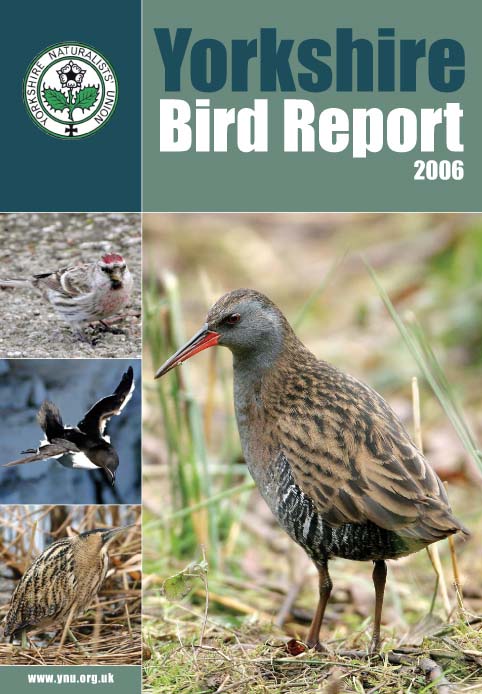P.c.carbo or P.c.sinensis that is the question
Since boldly suggesting that some of the cormorants at Scaling Dam might be P.c.sinensis I've done a bit of research. BBi and BWPi were not a lot of help, indeed the illustrations in BWP would lead one to a false conclusion, perhaps this is how these myths have been perpetuated. There is a useful article on the Paxton Gravel Pits website, here.
The source Ardea paper is here.
The angle of the gular patch is the only "good" criteria. You need to look at the diagrams in the Ardea article (also reproduced below). If the angle is less than or equal to 65 degrees its a P.c.carbo if the angle is between 66 and 72 degrees it is unidentifiable and if the angle is between 73 and 110 degrees its a P.c.sinensis. However, this isn't a great deal of use as there appear to be clines and UK is at the edge of each so our P.c.carbo tend to have a gular angle at the larger end of their range and our P.c.sinensis at the smaller end of their range. In any case in the field this feature is very difficult to judge. Indeed Julian Hughes, the author of the paper on the Paxton site, suggests that field identification is unreliable.
So there you have it - Badseawatcher's advice - they're Cormorants don't get excited about them, now what is that gull ......?










3 comments:
Bloody hell, thats all a bit difficult to determine, anyone got a protractor to fasten to my scope?
Which is why it can't be done with any reliability ... thus the advice - they're (Great) Cormorants (ugly, great, fish eating ..... whoa, hold it right there, this isn't Green Withens blog, no not at all) so count 'em but don't try 'n' split 'em.
Life;s too short.
Let;s just make merry with wine, women and song.........okay, sod the latter two, just the wine for me please.
Post a Comment